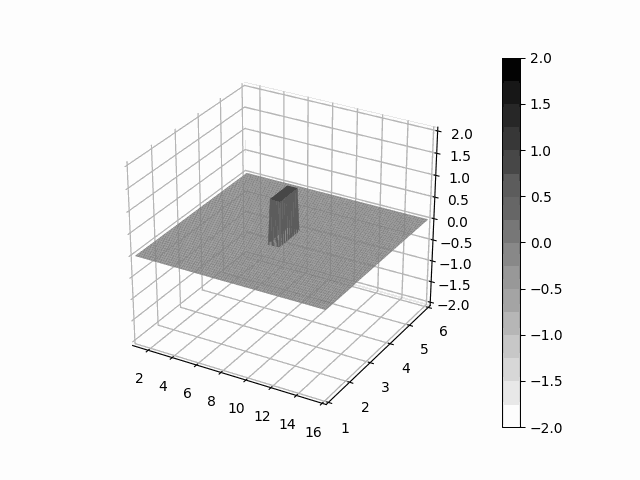The file "eqn_annotate.tex" is the main latex file.
This repository provides four examples of annotated equations:
- [example_prob.tex] A simple one inside the equation construct, in a double column format
- [example_prob2.tex] A more complex one, but this time inside the figure construct in a double column format
- [example_laplace.tex] Inside the wrapfigure construct but for a single column format
- [example_overlay.tex] More complicated examples, side-by-side using the minipage construct in a single column format
The folder, "example_output_figs" includes figures that show the outputs of the above four cases.
Note: the main latex file, "eqn_annotate.tex" includes many latex packages and some definitions that are required.
To build all the examples into a single file, type:
make
OR
pdflatex (or xelatex) eqn_annotate
The output PDF file (containing all the examples) is named: eqn_annotate.pdf
NOTE: the "make" command will show the following errors at the end:
I found no \citation commands---while reading file eqn_annotate.aux I found no \bibdata command---while reading file eqn_annotate.aux I found no \bibstyle command---while reading file eqn_annotate.aux
This is due to the fact that the latex files contain no bibtex entries or citations. This is normal. If you include a bib file and one or more citations then the errors will go away.
Examples
- [example_prob.tex] A simple one inside the equation construct, in a double column format
- [example_prob2.tex] A more complex one, but this time inside the figure construct in a double column format
- [example_laplace.tex] Inside the wrapfigure construct but for a single column format
- [example_overlay.tex] More complicated examples, side-by-side using the minipage construct in a single column format











